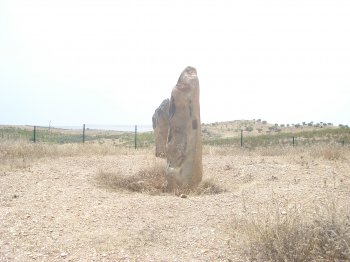Explore the best places
Heritage in Portugal
Museu da Renda de Bilros de Peniche
- heritage
Rua Nossa Senhora da Conceição, 1
2520-294, Peniche
Bobbin lace is considered the hallmark of Peniche's craftsmanship, so this museum focuses on the study, conservation, appreciation, and dissemination of this important cultural heritage, both tangible and intangible. It hosts permanent and temporary exhibitions showcasing the various aspects of this art, and also features a training room and documentation center.
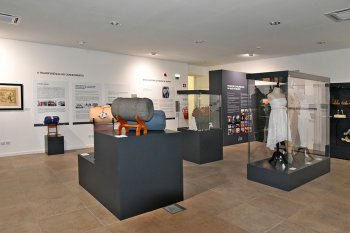
Muralhas e Portas da Cidade de Peniche
- heritage
Avenida Monsenhor Manuel Bastos
2520, Peniche
Peniche is partially surrounded by 16th-century walls, which enclose the whitewashed houses divided by narrow streets. The walls have defended the city since that time, along with the Fort of Consolação and the Fort of São João Baptista das Berlengas. However, during the Peninsular War, it proved weak, succumbing to the Napoleonic invasions of 1807.
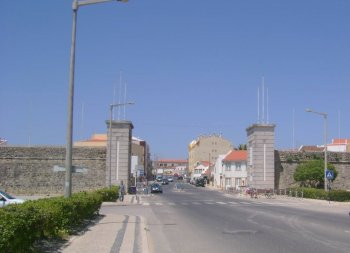
Museu Nacional da Resistência e Liberdade
- heritage
Fortaleza de Peniche - Campo da República, 609
2520-607, Peniche
Located in the Peniche Fortress, this space arose from the recognition of this fortress as a memorial site and a major symbol of the struggle for freedom on a national scale. Its mission is to preserve the historical memory of the Peniche Fortress and the struggle of the Portuguese people, and in particular, the resistance to the dictatorship, for freedom and democracy. There, visitors can see the cells, visiting rooms, and the recreation yard of the prison, which also served as a residence for Germans and Austrians during World War I.
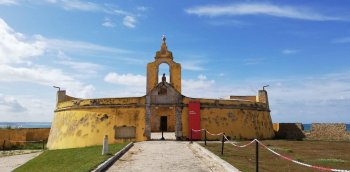
Fortaleza de Peniche
- heritage
Campo da República, 609
2520-607, Peniche
Due to the rocky base of the wall's sections, the citadel's fortifications are irregular. Inside the fortress, highlights include the Chapel of Santa Bárbara, the round bastion, the large cistern, the casemates, and the entire parade grounds. The citadel served as a political prison from the 18th to the 20th centuries. This space houses the National Museum of Resistance and Freedom.
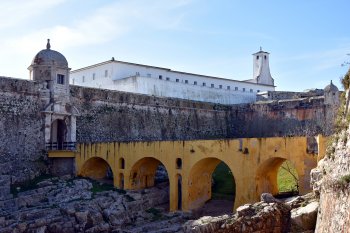
Forte da Praia da Consolação
- heritage
Largo Nossa Senhora da Consolação
2525, Consolação
Located next to Consolação beach, it was built in the mid-17th century to reinforce the defenses of Peniche Bay. It features four triangular bastions and five platforms housing the fire hydrants, with access to the interior via a bridge. Over the years, and especially after the 1755 earthquake, it underwent renovations but has always maintained its original Mannerist structure.
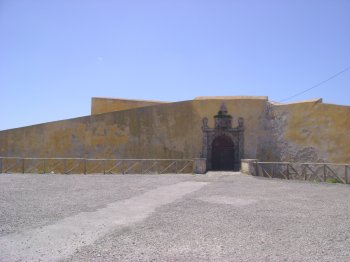
Igreja de Martim Longo
- heritage
Largo da Igreja
8970-261, Martim Longo
This building originated from an old mosque, whose minaret has been converted into a bell tower. Columns with inverted truncated pyramidal capitals, of Byzantine influence, are rare in Portugal. This church houses a valuable sacred treasure, comprising vestments from the 16th to 18th centuries and silver religious objects.
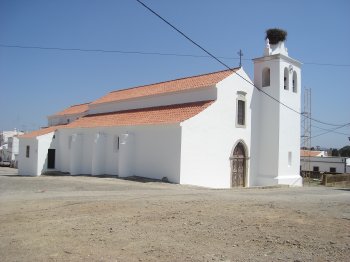
Núcleo Museológico de Arqueologia
- heritage
Largo do Castelo
8970-054, Alcoutim
Located inside the Castle, where exhibitions of the archaeological heritage of the municipality of Alcoutim are on display, with a historical journey that began more than 5,000 years ago, covering the Neolithic, Chalcolithic, Roman, Visigothic and Islamic periods, relevant in the archaeological research carried out in recent decades in Alcoutim.
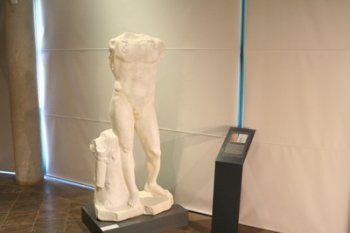
Núcleo Museológico de Arte Sacra de Alcoutim
- heritage
Rua Nossa Senhora da Conceição
8970, Alcoutim
This museum showcases the history of sacred art from the municipality's various churches. The collection consists mostly of photographs and panels.
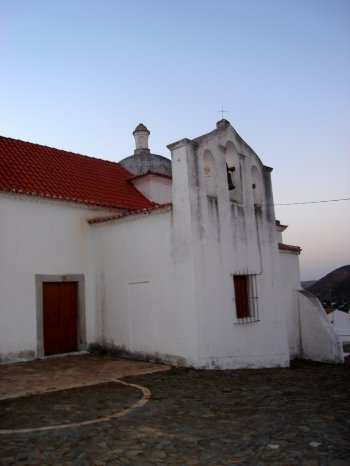
Museu do Rio
- heritage
EM507
8970-025, Alcoutim
This museum showcases the entire history of the Guadiana River, from river transportation of minerals to various types of artisanal fishing, and the smuggling activities that occurred during the Estado Novo era. A highlight is the exhibition of miniatures by José Murta, entitled "Traditional Boats of the Lower Guadiana."
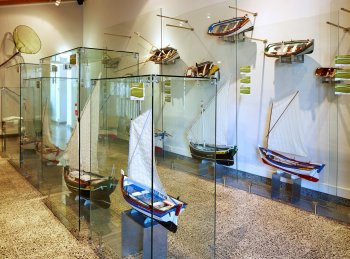
Monumento Megalitico Menir do Lavajo
- heritage
Monte Vascão
8970, Monte Vascão
Megalithic monuments consisting of two menhirs situated relatively close to each other. It is a monolith carved from a block of greywacke, dark gray in color, with a brown patinated surface. It has a star-like appearance, an ellipsoidal cross-section, and measures a little over three meters in height, making it the largest example of greywacke known to date in Portugal. Everything indicates that these menhirs were built in the second half of the fourth millennium BC. The site is surrounded by a net, so it can only be visited from the outside.
